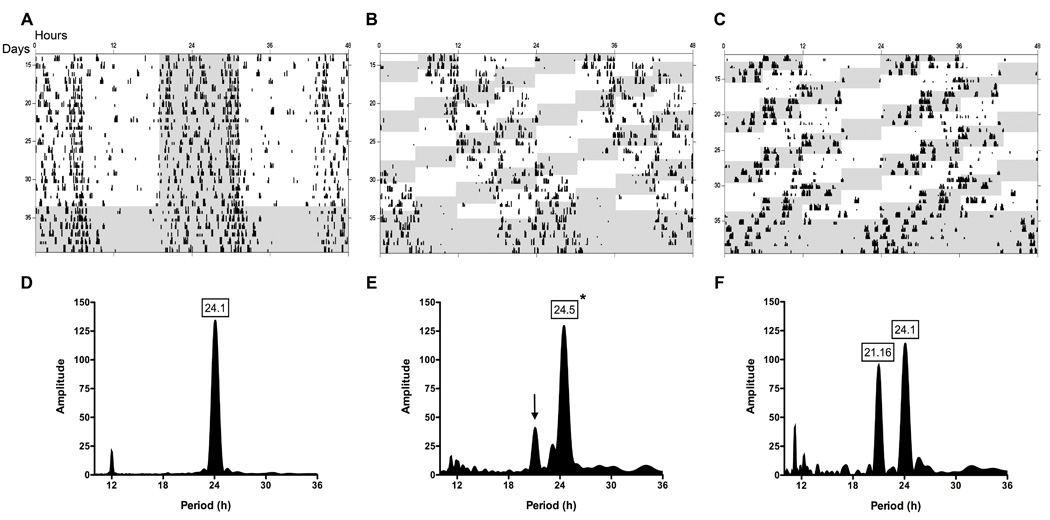Figure 1. Effects of chronic shift-lag on circadian wheel-running activity rhythms.
Circadian wheel-running activity rhythms depicted as standard raster-style double-plotted actograms from several representative animals from control (A) and shifted (B,C) groups. Repeated shifts of the LD cycle resulted in different behavioral patterns of reentrainment among animals. Shift-lagged animals tended to essentially “ignore” (B), or reentrain (C) to changing environmental light cues. LS periodogram analysis for control (D) and shifted (E) animals of rhythm period and amplitude during standard or shifted LD cycles revealed shifted animals tend to remain rhythmic with a significantly longer period (*; p < 0.0001). Large secondary peaks are evident in the shifted group (arrow), which with further analysis revealed particular animals displaying shorter periods. Robust periods shorter in length were also common in the shifted group, which is represented by an actogram (C) and periodogram (F) of an individual animal during the shifting paradigm. No differences were found in rhythm amplitude during standard or shifting paradigms. Shaded regions represents dark phase of LD cycle.

